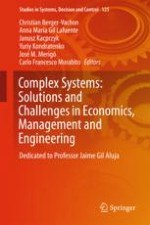2018 | OriginalPaper | Chapter
Cochlear Implants: Consequences of Microphone Aging on Speech Recognition
Authors : C. Berger-Vachon, P. A. Cucis, E. Truy, H. Thai Van, S. Gallego
Published in: Complex Systems: Solutions and Challenges in Economics, Management and Engineering
Publisher: Springer International Publishing
Activate our intelligent search to find suitable subject content or patents.
Select sections of text to find matching patents with Artificial Intelligence. powered by
Select sections of text to find additional relevant content using AI-assisted search. powered by
